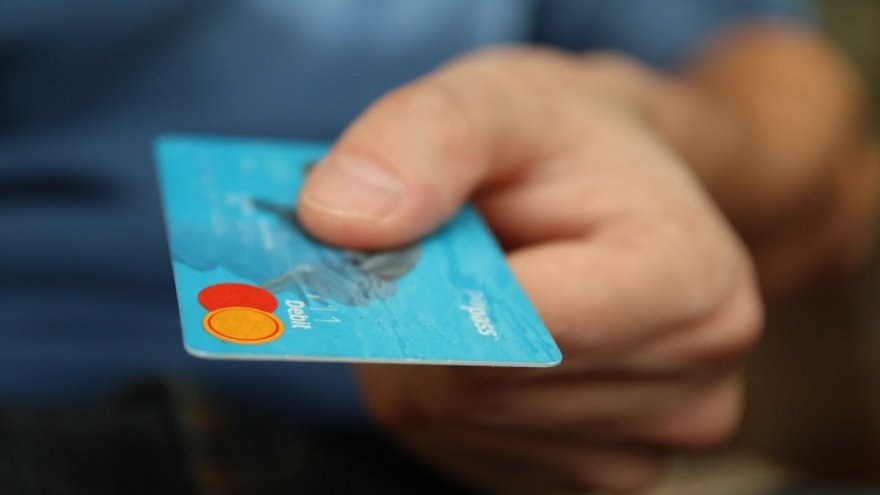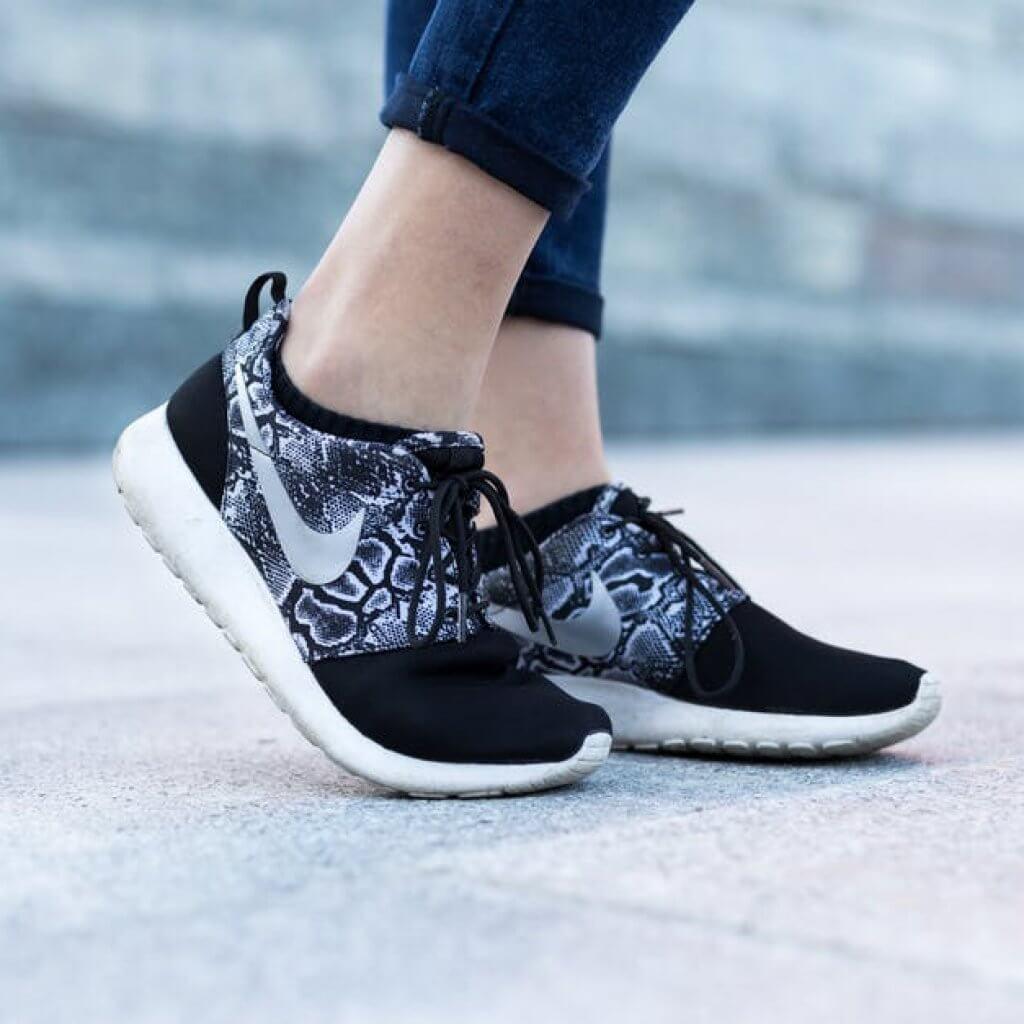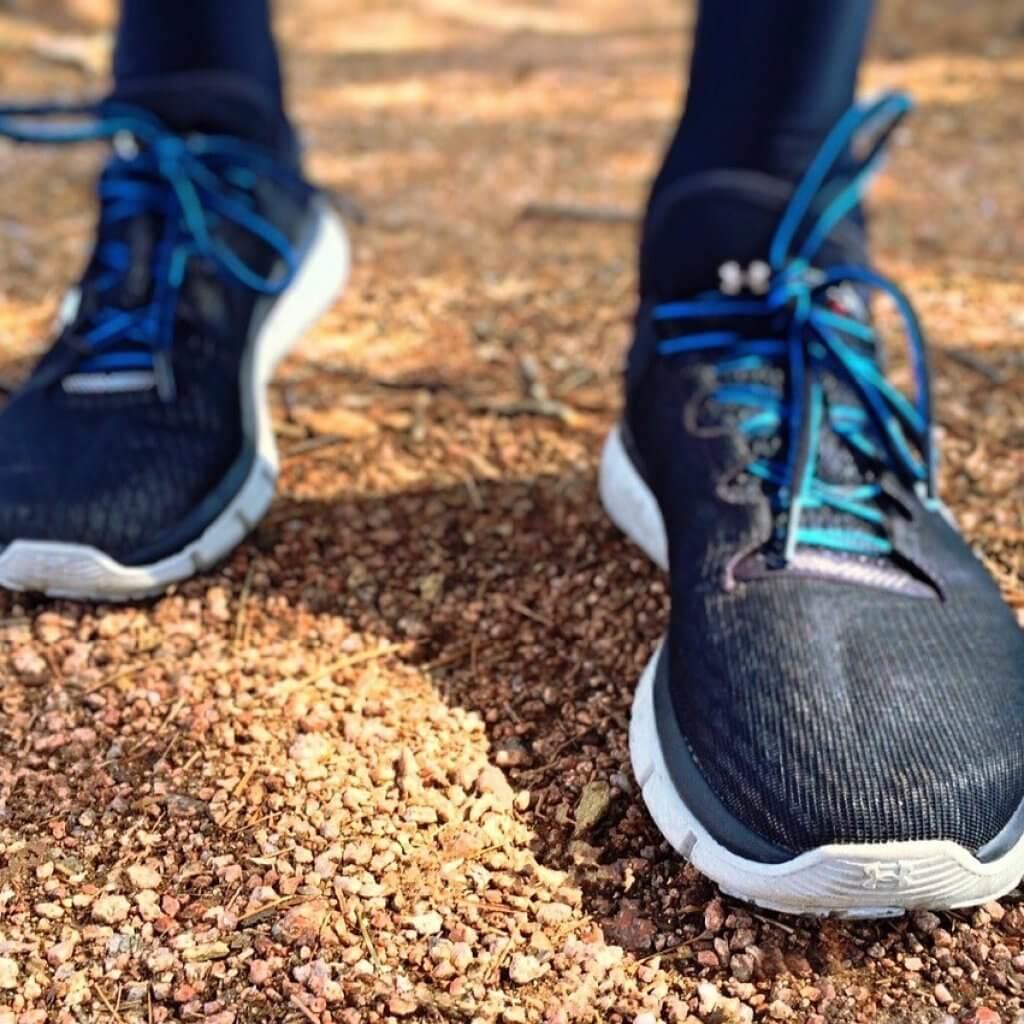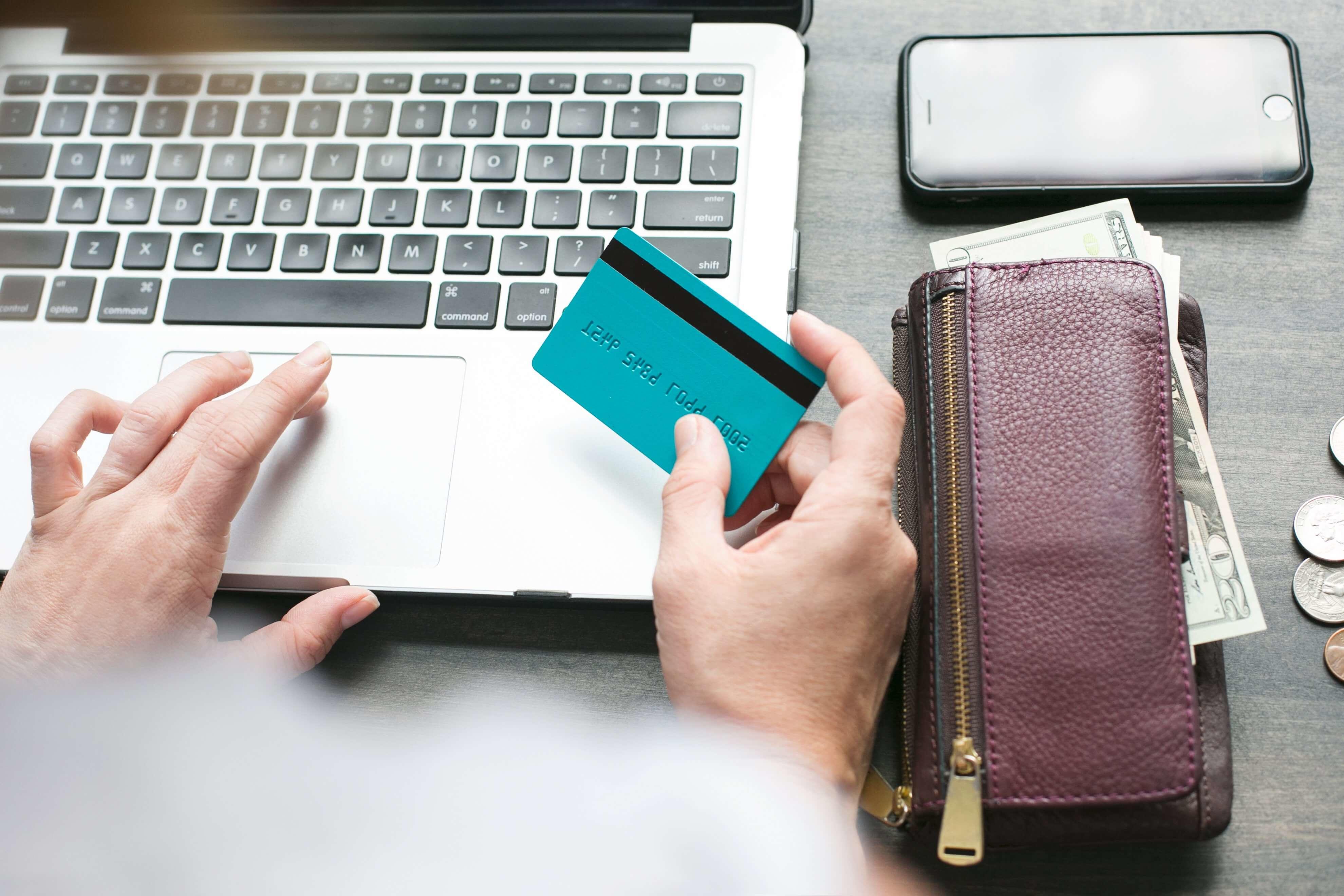Price VS Quality: How Much Do Running Shoes Cost?

After years of buying the same brand of running shoes online (on sale, like less than $50 per pair, if you were wondering how much do running shoes cost), a torn meniscus caused me to consider being professionally fitted for my next pair of running shoes. In hindsight, I believe that wearing the wrong shoes for years contributed to my injury. It turns out that I need a stability shoe for supination, something I had never worn before although probably should have. I chose a pair with a lot of cushioning because I have logged many miles over the decades and thought the extra shock absorption might be easier on my ankles and knees. It turns out that I was right and I credit these shoes with getting me back out on the roads sooner and relatively pain-free. It didn’t come cheaply however and although it took me a couple of days to get over the sticker shock, I have been happy with the purchase. Despite my success with this particular brand, I do wonder if I could have found something that worked just as well more reasonably priced if I had shopped around and tried on a variety of brands and models.
Read also about fila running shoes.

Why Are Some Running Shoes So Expensive?
According to Stephanie Vardavas, former assistant general counsel at Nike, the company maintains a 40-50% gross margin on almost all of its products. But how much do running shoes cost?
“That means that if you pay $150 in a store, Nike sold that shoe to the retailer for about $75 – $77, and Nike’s landed cost for the shoe was about $38 – $40,” she explains. “The landed cost includes materials, labor, packaging, freight, and freight forwarding services, insurance, taxes, tariffs, etc.–basically the cost of getting each pair built, boxed, and delivered to the country where they will be sold.”
She also points out that because Nike’s Air series of shoes utilizes patented inventions, royalties paid to the estate of the inventor are also built into the cost. In addition, global marketing campaigns, celebrity endorsements, research and design, and the use of specialty materials can all increase the cost of the product. It is important to note that this isn’t unique to Nike. Many shoe companies have similar costs that are often passed along to the consumers.
But Are They Actually Better Shoes?
Consumers are conditioned to think that, at least for some things, the more they pay for an item, the better the quality. It seems that with running shoes, that may not be the case. A study published in the British Journal of Sports Medicine and reported in Podiatry Today, suggested that there may not be a significant difference in cushioning between high- and low-priced running shoes.
The study compared nine different running shoes from three different brands with 43 men taking part in the study. Researchers used an in-shoe device to measure plantar pressure under the heel, across the forefoot and under the big toe. The researchers concluded that in the low- and medium-priced shoes, across all three brands, the cushioning was either the same or better than the more expensive models.

Critics of the study, however, point out that the cushioning was the same among all brands in all price points because the shoes were new. They contend that the cushioning should have been measured after the shoes had logged one to two months of use to gain a more accurate picture of the cushioning levels.
So What Is a Running Shoe Shopper to Do?
In Jonathan Beverly’s article “Five Common Myths About Running Shoes” he states that there is the best running shoe for each particular person and that finding it is a “personal and ongoing challenge.” He also points out that runners often need to experiment with shoes to find out what works best for him/her and that as running characteristics change—intensity, mileage, frequency, and terrain, for example—shoes should change as well.

All of that experimenting could become expensive though if you are opting for shoes in the medium to high price range. Many specialty running shoe stores will let shoppers try out shoes on a treadmill and some offer liberal return policies allowing returns even after the shoes have been worn within a certain time period. Manufacturers even sometimes will replace shoes for valid reasons.
Beverly also attests that always sticking to the same brand of shoes can be counterproductive, pointing out that all of the major brands offer running shoes that fit a variety of needs. He also explains that shoe companies often change their lasts (the mold on which shoes are made) and materials, so that a shoe that works well for you now, might not necessarily work the same in the future. Hence the importance of actually being fitted for running shoes, at least every so often, instead of purchasing them blindly online for years, no matter how much do running shoes cost.
The bottom line is rather than looking at the price tag, look at the features of a shoe and consider what you specifically need in a shoe. Do you need lots of cushioning? Stability? Arch support? But the best way to figure out if the shoe will work for you is to try it on. Consider visiting your local running store to help you figure out the features you need in a running shoe.
Sources
- , 5 Common Myths About Running Shoes, Website
- , Do Runners Get What They Pay For With Expensive Shoes?, Website
- , Why are brands like Nike, Adidas, Puma, etc. so costly?, https://www.quora.com/Why-are-brands-like-Nike-Adidas-Puma-etc-so-costly
Latest Articles
 Is Running on a Treadmill Easier Than Running Outside?Runners have their own preferences, whether it is treadmill running, running outside on the road, or exploring trails. So...
Is Running on a Treadmill Easier Than Running Outside?Runners have their own preferences, whether it is treadmill running, running outside on the road, or exploring trails. So... Is It OK to Use Trail Running Shoes on the Road?While trail running shoes can be used on roads, especially in situations where a runner encounters mixed terrains or pref...
Is It OK to Use Trail Running Shoes on the Road?While trail running shoes can be used on roads, especially in situations where a runner encounters mixed terrains or pref... How to Fix Sore Quads After Running?Rest, ice, gentle stretching, and over-the-counter pain relievers can help soothe sore quads after running. Also, ensure ...
How to Fix Sore Quads After Running?Rest, ice, gentle stretching, and over-the-counter pain relievers can help soothe sore quads after running. Also, ensure ... 10 Fruits With The Most Electrolytes to Replace Sports DrinksThese fruits are high in electrolytes such as potassium, magnesium, and calcium, essential for hydration, muscle function...
10 Fruits With The Most Electrolytes to Replace Sports DrinksThese fruits are high in electrolytes such as potassium, magnesium, and calcium, essential for hydration, muscle function...

